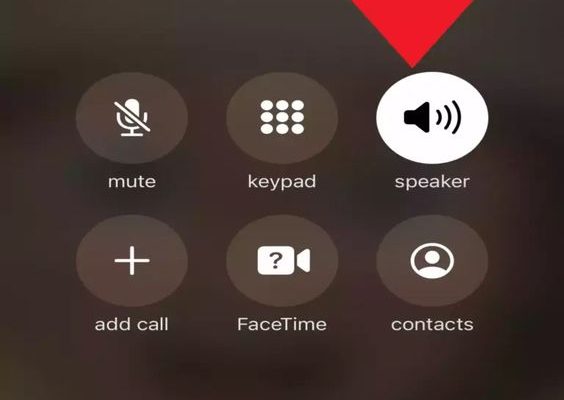12 Principles Of Mobile Learning

Mobile learning is slowly becoming one of the most popular methods of education in the world. However, it is much more complicated and diverse than many people may believe.
This form of learning is all about self-actuated personalization. In this article, we will be discussing the 12 principles of mobile learning.
Access
Mobile learning is all about having access to online content, classmates, educators, and learning resources. There are plenty of tools that you can use to gain this access, such as Pedagogue.
Pedagogue is a social learning management system that students and educators worldwide can use to connect, share materials, and collaborate. It also provides a central location for accessing material and developing content.
Metrics
Mobile learning is a blend of digital and physical education. This enables diverse metrics of understanding to be available. In education, metrics are used to track and monitor academic performance and progress.
The Cloud
The cloud enables students to have access to learning materials from any device in any location. This creates a more flexible and dynamic learning environment for the students, as they can focus on their studies at any time.
Transparency
Online learning leads to excellent transparency. Since students’ work and planning are posted on the Internet using mobile devices, people all over the world can gain access to this material. Social media platforms, such as Twitter and Instagram, are often used to gain mobile learning transparency.
Play
This is one of the most critical characteristics of progressive education. In mobile learning, students often encounter dynamic learning material. This enables the lessons to change from a serious tone to a more playful and personalized one.
Asynchronous Access
Asynchronous access is another fundamental principle of mobile learning. It allows schooling to move from the traditional classroom to the virtual classroom. In other words, students will be able to access their work from anywhere and at any time.
Self-Actuated Learning
Asynchronous access creates the potential for self-actuation. This means that students will have complete control over their learning and education. Thus, they will be able to determine their own school timetable and study times.
Diversity
Mobile learning incorporates diversity with education. Students from all over the world can join the classes, meaning that new and unique thinking and learning methods are brought into the lessons. This also means that classmates will encounter new challenges, such as language barriers.
Curation
Apps and technology do a great job of supporting curation. These virtual tools are designed to store files and adapt to students’ learning needs, making mobile education much easier and more convenient.
Blending
Mobile learning incorporates plenty of blending. As we have mentioned, this form of education is a mix of physical and digital learning. It also includes physical movement, digital interaction, and personal communication.
Always-On
Always-on learning describes the need for constant access to learning materials. Thanks to technology, being continuously connected is now possible. Students use instant messaging, email, and video conferencing calls to stay in touch with their professors and classmates.
Authenticity
The previous eleven principles all allow mobile learning to be an authentic form of education. In other words, students learn through experiences that are personalized to them. Many online teachers find it very difficult to incorporate such authenticity in physical classrooms.
Concluding Thoughts
Mobile learning is a very complex and diverse method of education. This form of learning’s twelve principles are based on access, metrics, the cloud, transparency, play, asynchronous access, self-actuated learning, diversity, curation, blending, always-on, and authenticity.






